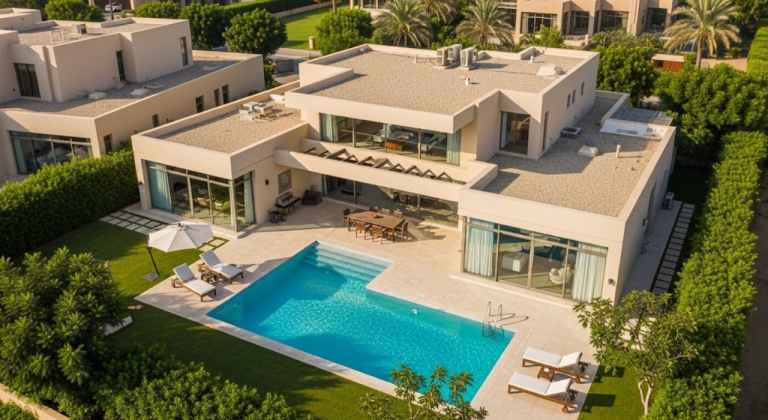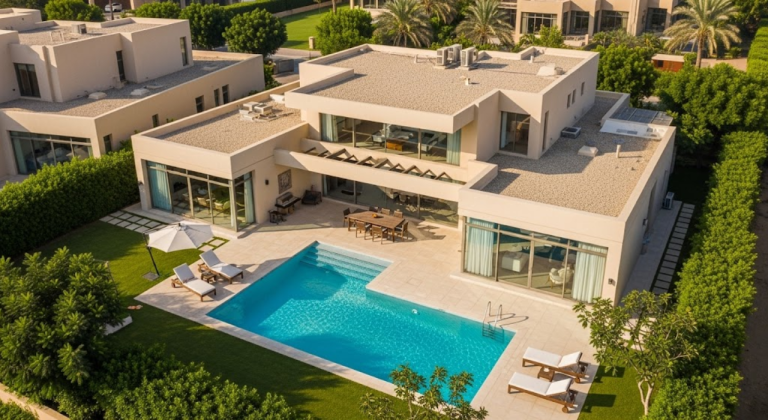Urban Green Spaces: The Future of Outdoor Living in European Cities by 2025
Urban Green Spaces are becoming increasingly important in European cities as they provide a sustainable and healthy environment for citizens to live, work, and recreate. The focus keyword Urban Green Spaces is at the forefront of this movement, as cities strive to create more green areas and reduce their carbon footprint.
Introduction to Urban Green Spaces
Urban Green Spaces refer to parks, gardens, and other green areas in urban environments that provide ecological, social, and economic benefits to cities and their inhabitants. These spaces help to mitigate the urban heat island effect, reduce air pollution, and provide habitats for urban wildlife. They also offer recreational areas for citizens, improving mental and physical health, and fostering community engagement and social cohesion.
Benefits of Urban Green Spaces
The benefits of Urban Green Spaces are numerous and well-documented. Some of the most significant advantages include:
- Improved air quality: Urban Green Spaces help to reduce air pollution by absorbing pollutants and producing oxygen.
- Climate regulation: Green areas in cities help to mitigate the urban heat island effect, reducing the temperature and improving comfort for citizens.
- Increased biodiversity: Urban Green Spaces provide habitats for urban wildlife, supporting local ecosystems and preserving biodiversity.
- Recreational areas: Parks and gardens offer spaces for recreation, relaxation, and socialization, improving mental and physical health.
- Economic benefits: Urban Green Spaces can increase property values, attract tourism, and support local businesses.
European Cities and Urban Green Spaces
European cities are at the forefront of the Urban Green Spaces movement, with many cities implementing innovative green infrastructure projects to improve the quality of life for their citizens. Some examples include:
- Green roofs and walls: Cities like Paris and Berlin are incorporating green roofs and walls into their architecture, reducing energy consumption and improving air quality.
- Urban parks and gardens: Cities like London and Amsterdam are creating new parks and gardens, providing recreational areas and habitats for urban wildlife.
- Green corridors: Cities like Copenhagen and Stockholm are developing green corridors, connecting parks and gardens and creating continuous green habitats.
Future of Urban Green Spaces in European Cities
As we approach 2025, the future of Urban Green Spaces in European cities looks bright. With increasing awareness of the importance of sustainability and green infrastructure, cities are investing in innovative projects to create more green areas and reduce their environmental impact. Some of the trends and innovations that will shape the future of Urban Green Spaces include:
- Sustainable urban planning: Cities will prioritize sustainable urban planning, incorporating green infrastructure into their design and development.
- Green technology: The use of green technology, such as green roofs and walls, will become more widespread, improving energy efficiency and reducing pollution.
- Community engagement: Cities will engage with their citizens to create community-led green spaces, fostering social cohesion and community pride.




